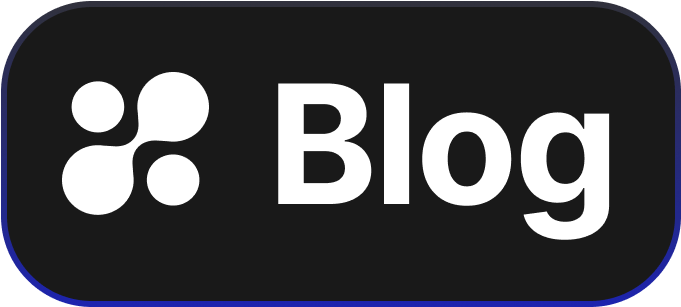RBAC and Compliance Frameworks: A Simple Guide for Tech Managers
Navigating the world of compliance frameworks and how they intersect with Role-Based Access Control (RBAC) can seem daunting. But understanding these concepts is crucial for technology managers who wish to ensure organizational security and compliance with regulations. With this guide, we'll break down these concepts in straightforward terms, making it easy for you to implement in your own work environment.
What is RBAC?
RBAC, or Role-Based Access Control, is a method for controlling who can access what within your organization's digital systems. Think of it as assigning permissions based on job roles. For example, a software developer might have access to code repositories, while someone in HR might only need access to employee records. This reduces the chances of unauthorized access and helps secure vital company data.
Why Compliance Frameworks Matter
Compliance frameworks are sets of guidelines and best practices companies need to follow to meet legal, regulatory, and industry standards. Whether it's GDPR, HIPAA, or ISO, these frameworks dictate how data should be managed and protected. Adhering to these standards is vital. Not only does it protect sensitive information, but it also shields your company from legal repercussions and enhances your reputation in the industry.
Integrating RBAC with Compliance Frameworks
Combining RBAC with compliance frameworks enhances security measures. Here's why it matters:
Risk Reduction: RBAC ensures that sensitive data is only accessible to people who need it for their job, reducing the risk of a data breach or accidental misuse.
Audit Ease: With clear roles and access levels, auditors find it simpler to verify that access controls are compliant with the relevant frameworks.
Operational Efficiency: Defining roles and their permissions aligns with compliance requirements, which streamlines operations and reduces admin overhead.
How to Implement RBAC for Compliance
- Identify Roles and Permissions: Start by listing all the roles in your organization and the type of data each needs to access. Ensure roles are distinct and do not overlap unnecessarily.
- Map to Compliance Needs: Match each role with the compliance requirements of the data they interact with. This ensures that every access level follows necessary guidelines.
- Regularly Review and Update: As teams grow and projects evolve, periodically review roles and permissions to ensure they remain compliant.
- Automate with Technology: Use systems like Hoop.dev to automate RBAC configurations. Automation ensures consistency and reduces the risk of human error.
Conclusion
For technology managers aiming to bolster security and compliance, understanding and implementing RBAC in tandem with compliance frameworks is essential. The combination promises reduced risk, increased transparency, and greater control over confidential information.
Want to see RBAC in action within a framework that automates these complex layers effortlessly? Visit hoop.dev and experience streamlined compliance in just minutes. Take control of your data security and compliance today.
